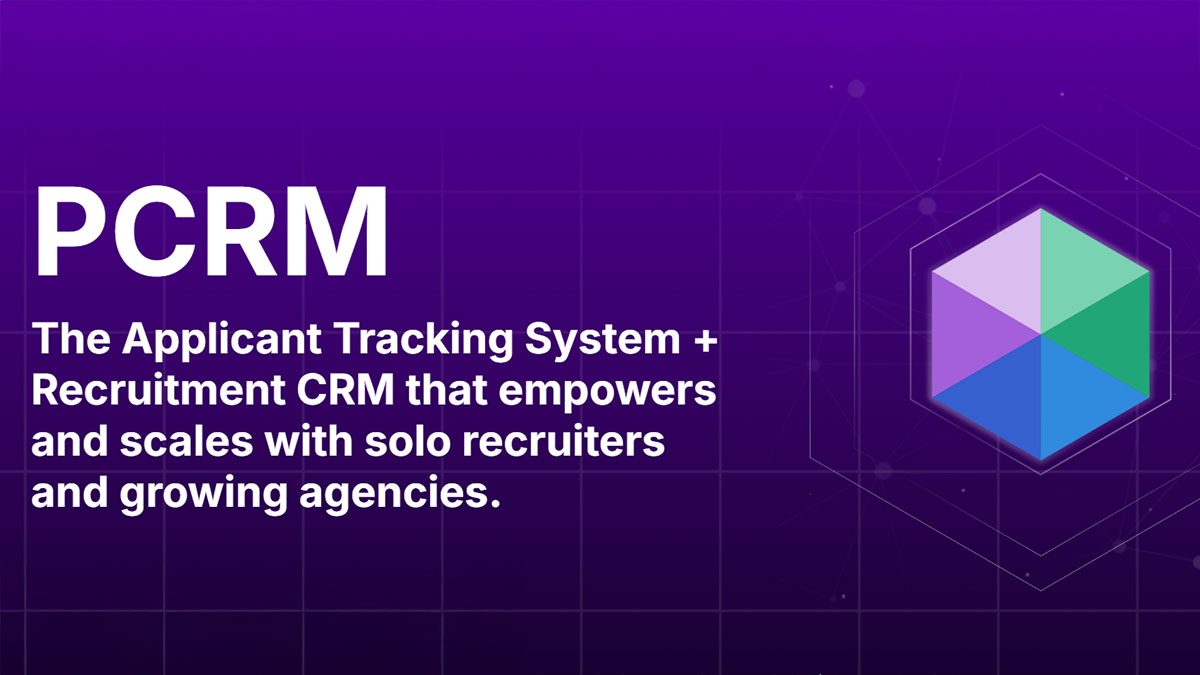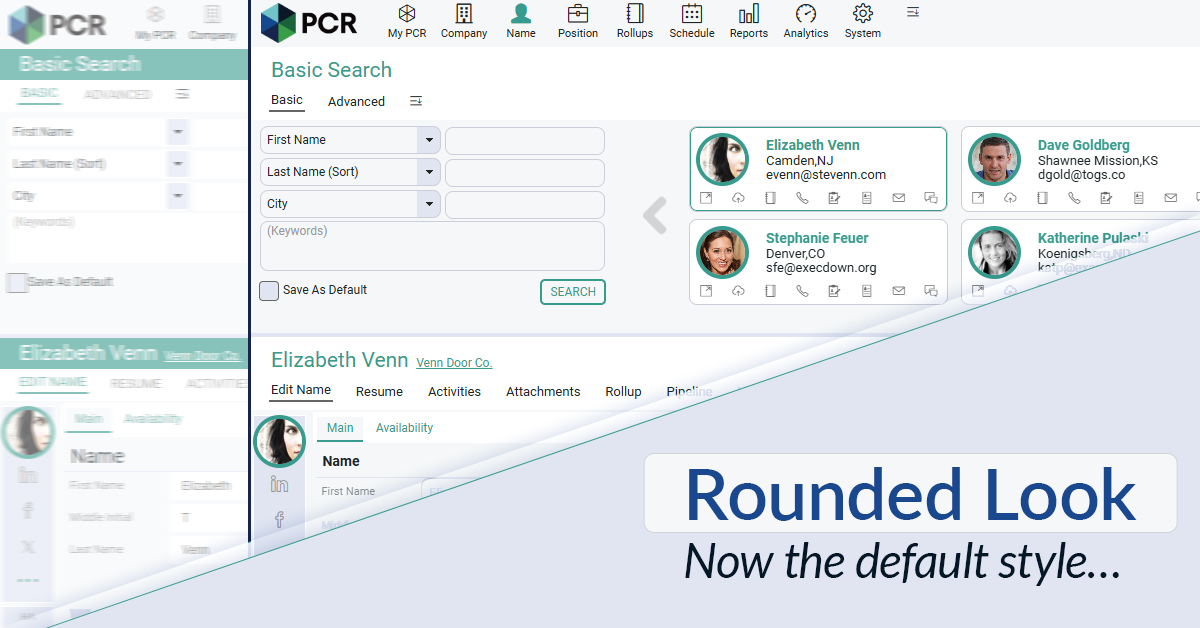A huge number of Americans are currently looking for new job opportunities – is your recruiting team ready?
Earlier this week, Jobvite released its Social Job Seeker Survey 2012, which found that a whopping 75 percent of Americans in the workforce are looking for new job opportunities. This is a 6 percent increase from last year.
The survey polled more than 2,100 adults – 1,300 of which are considered to be in the workforce, meaning they are either employed or unemployed and looking for a job. Of those who are employed, 69 percent are looking for a new job, up from 61 percent last year.
Some other interesting findings of the survey include:
“With fierce competition for jobs, which now includes a majority of employed people on top of active job seekers, social media has become a critical tool for job hunting and career growth,” Dan Finnigan, President & CEO of Jobvite, said in a press release. “One in six job seekers polled credited a social network for leading to their current/most recent employment.
“Maintaining your online presence and keeping employment top-of-mind at all times are vital to professional success,” he continued. “With technology and social networking rapidly evolving, those who don’t engage through Facebook, LinkedIn and/or Twitter will quickly find themselves falling behind.”

PCRM — the CRM and Recruitment ATS hybrid built specifically to empower and scale with solo recruiters and growing agencies — is now available.
Read more
Recruitment professionals are facing a new challenge in today’s digital landscape: scammers posing as legitimate recruiters. These scammers are increasingly targeting remote work job seekers, causing some candidates to become wary of all recruitment outreach.
Read more
The Rounded Look for inputs and navigation elements has been made the default style throughout PCR. This rounded style can be combined with any of the seven color themes.
Read moreFind out more about who we and what we do.